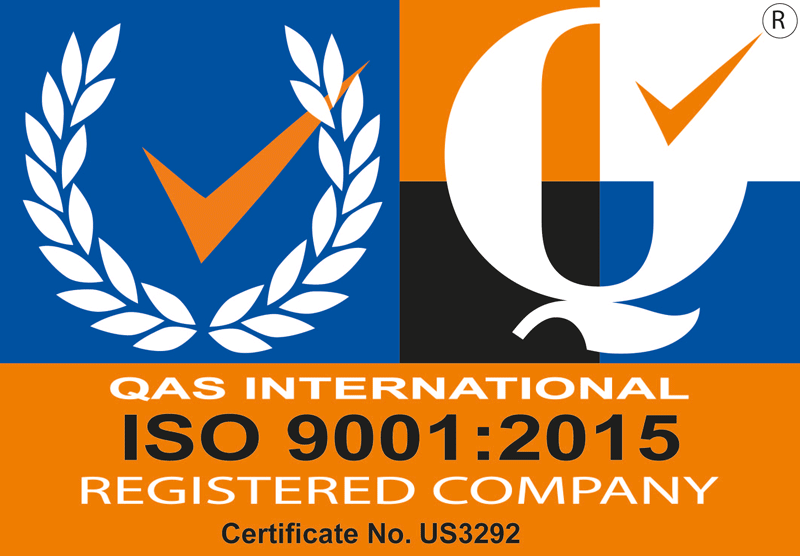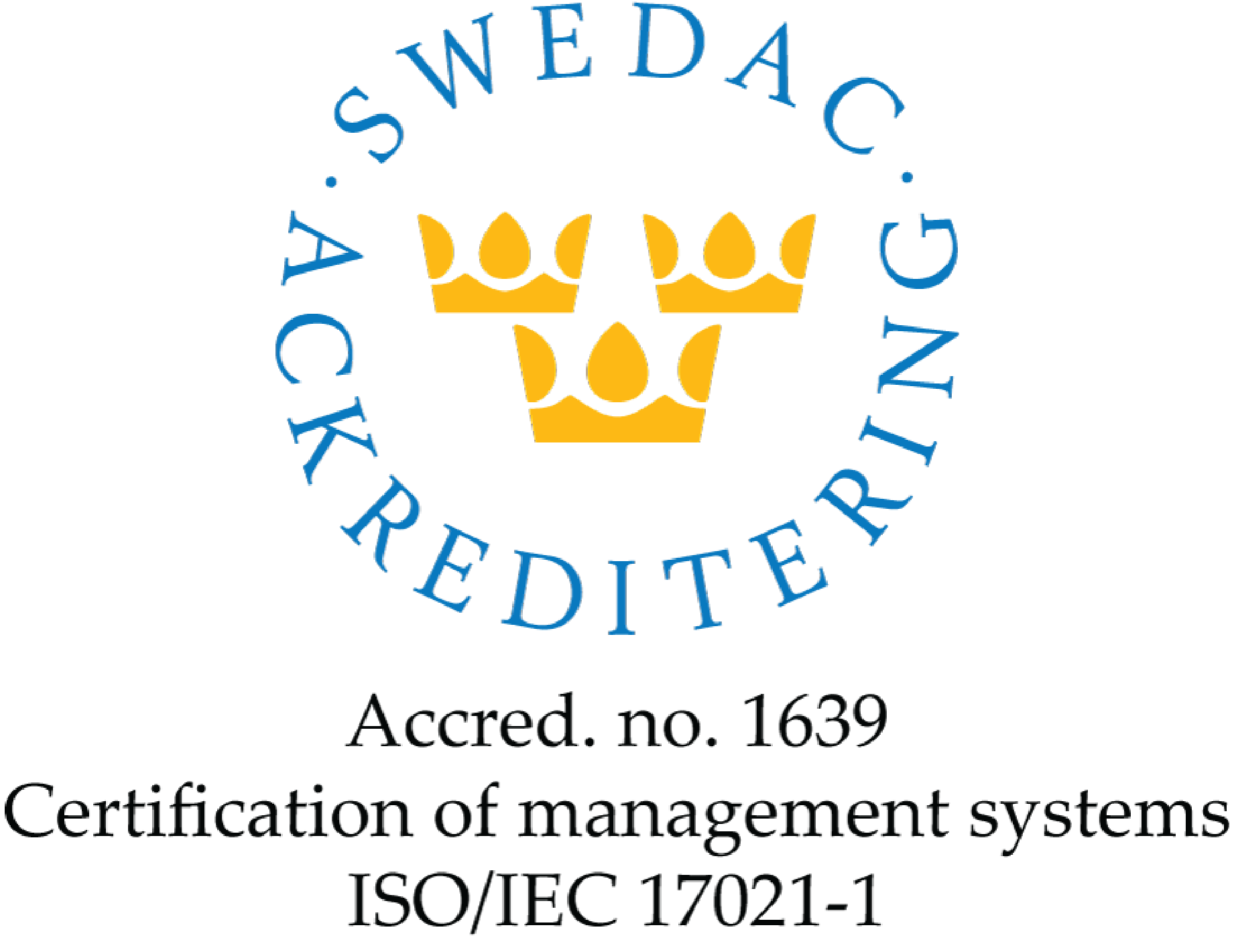A Quick Introduction to HAZLOC and ATEX Requirements
There are many types of electrically operated devices, some of which are used in hazardous environments such as coal mines or petrochemical plants. The nature of these battery-operated devices may not be hazardous, but their environments may cause an explosive reaction due to potential hazardous combinations of materials.
To prevent unexpected combustion, equipment has evolved and is designed to be safe in these situations. Devices must undergo testing and certification before being distributed and used, which depends on the geographic location of the area of consideration.
In the US and Canada, these locations are termed hazardous locations or HAZLOC, and devices qualified to be used in these locations are known as HAZLOC-rated devices. However, Canada and the US are moving towards the IECEx system of classification, and all new devices must fit the IECEx code of standard. European countries use the ATEX system, which is similar to the IECEx system. It is required for devices to be evaluated based on the location in which they will be used.
Each system is based on different qualifications. The HAZLOC-based system is a class and division-based system:
- I – gases may be present
- II – dust may be present
- III – fibres may be present
The division is based on how often the hazard is present, which is either the hazard is always present or the hazard may exist under abnormal conditions. The IECEx and ATEX systems differ from the HAZLOC system in that they are zone-based. The degree to which hazardous gases or dust are present is classified by numerical zones.
A common factor of these systems, and international systems, is that they are end-product standards. The products are evaluated based on the explosive environment’s regulations alone. This means that two HAZLOC/IECEx/ATEX certified products cannot be plugged into each other and used. Their certifications stand-alone, and if they are to be used together they must repeat the testing and certification process to ensure they can be used together in that specific location.
Testing is an expensive and time-consuming process and requires a specialized lab that has the knowledge to evaluate these types of products. Consulting a lab should be one of the first steps in the process of designing such a device. Once a product is evaluated and approved, it will bear certification marks from a well-known certification company. Depending on the certification, it will also have markings depicting explosive atmospheres in which the product can be used.




